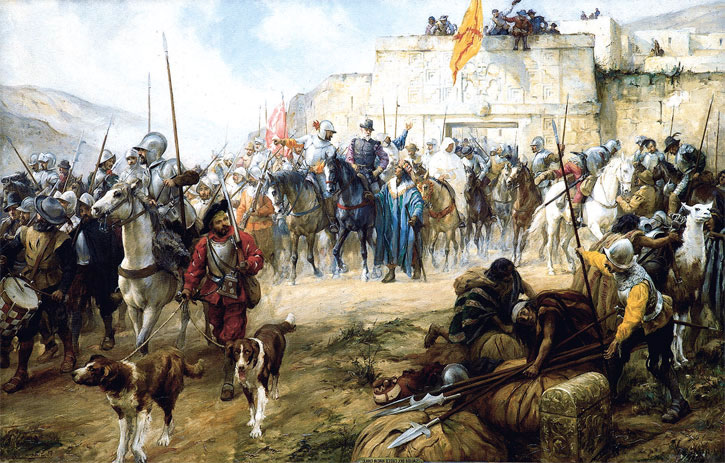Fashion Book Friday: Orientalism. Visions of the East in Western Dress by Richard Martin and Harold Koda
This is my archive of fashion related books. Most of them are in English, but many are not. Some are new, but many are real finds. Depends on the topic, really...So, in the last few years I´ve developed an interest in fashions outside of the great metropolis, and luckily, there is a growing number of books on such topics. This one in particular is about the influence of "the Orient", that is, a number of Asian cultures, on Western dress - so it looks in just that one direction, books on non-Western clothing and culture coming up.
It covers a bit over three centuries, from the late 17th to the late 20th, and is divided into chapters: China, India, Near East and Middle East, Japan and Southeast Asia, although the authors explain the "Orient" is often enough a mixture of several cultures moulded onto Western conventions. It is of course eye candy, chock-full of splendid 18th century court dresses and designs by Chanel, Versace, Valentino, Yamamoto, but the text is simply fascinating, tracing parallels between dress and social, economical and political developments. Both colonial expansion and the longing for a different, somehow magical world supposedly found in faraway countries played a role. An example: the banyan, an 18th century male Western garment of vaguely Indian origin, stands in the beginning of informal clothing in Europe, and the distinguished gentleman´s favourite garment for portraits - so much so, that Samuel Pepys borrowed a banyan for his portrait above, as a sign of cultured luxury, status and leisure.
Throughout the 19th century, the - authentic- Cashmere shawl became a byword for luxury, they were inherited, cut up and resewn into Western garments when shawls became outdated, creating a completely knew Fashion mix. They were also copied by European manufacturers, pushing the more expensive originals out of the market.
For others, the East became a symbol of resistance and fight: when Lord Byron (on the left) wears Balkan-style clothing, he shows his participation in the independance movements in this region in the 19th century, particularly Greece. Something similar happened later with the Mao suit, Nehru jacket or hippies´ clothing. In all those cases, the Orient is the better other of the West, where Western taboos and restriction don´t exist.
Colourful clothes for men and more relaxed, less restricting cut for both sexes entered Western fashion often enough through the designers´ interest in "Oriental" techniques like draping or tying, both by Westerners with interest in Asian cultures, like Valentino, or Asians working in Europe or the US, like Issey Miyake. The presence of the often symbolic Orient widens Western aesthetic and cultural limits, although it can be a delicate balance, never quite free from political of economical implications of (post) Colonialism, something the authors also briefly discuss.
Orientalism is both lovely to look at and though-provoking, and it makes a nice companion to books on more typically academic topics, say Edward Said´s Orientalism, to understand the intricate connexion between clothes and politics. At any rate, the beauty and creativity of these "hybrids" is unique, such as in these poetic Hanae Mori dresses.
The book is technically out of print, but, since the Met makes some (sadly not all) of its out-of-print publications available for free on the web, it is available as a free PDF here.






No comments:
Post a Comment